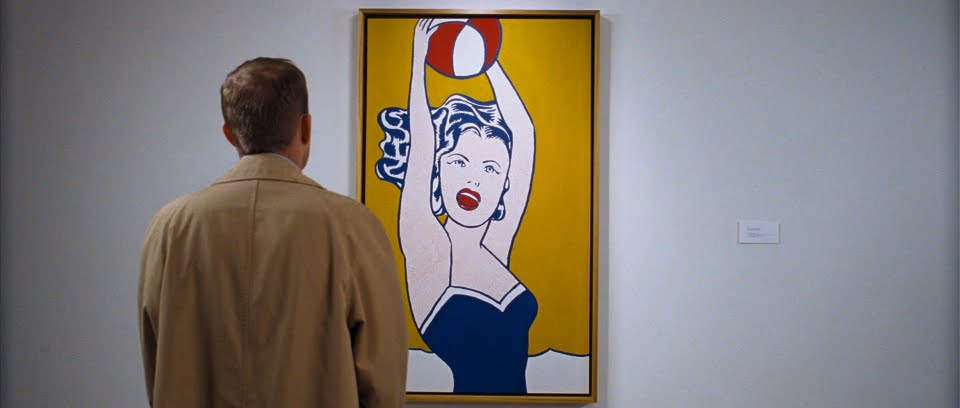
I met D.H. when I was studying Film at the University of North Carolina, Greensboro and he was a student in the Theatre department. We worked together in a few small projects for the school but the most important collaboration of that time was in the short film that I produced, wrote and directed, Emily, Greensboro 1995. He played the narrator of the story so brilliantly that his voice and performance is one of the reasons why “Emily” still remains my favorite work.
+by+Andr%C3%A9s+Sanz-2.jpg)
+by+Andr%C3%A9s+Sanz-1.jpg)
After one year in Greensboro, I moved to San Francisco and later to New York. While D.H. remained in North Carolina, we often kept in touch. A new opportunity for collaboration arrived when D.H. showed up in New York City. I was finishing editing my new film Bedford and I needed a voice over. Again, he did a masterful work as the mysterious, ironic and melancholic narrator of Harry Bedford’s adventures.
-1.JPG)
So after two major performances as a narrator, I owed him a role where he could put more than his voice to work. From the very start, the man in love with the girl in the Roy Lichtenstein’s painting was going to be Mr. D.H. Johnson.
































